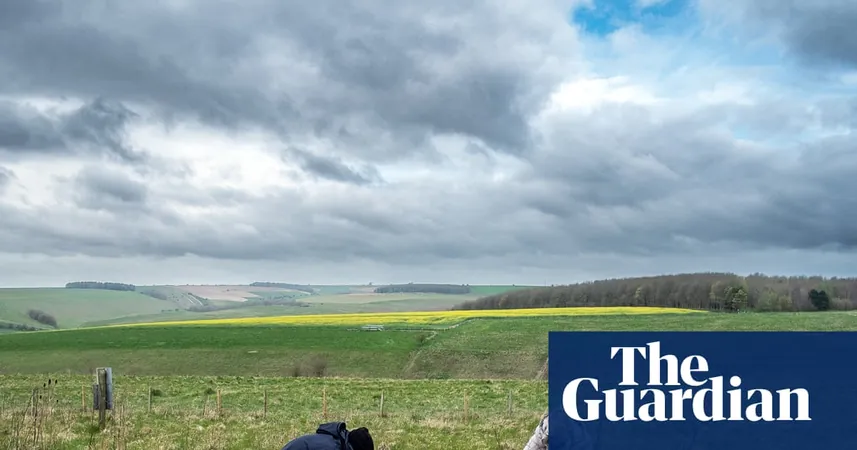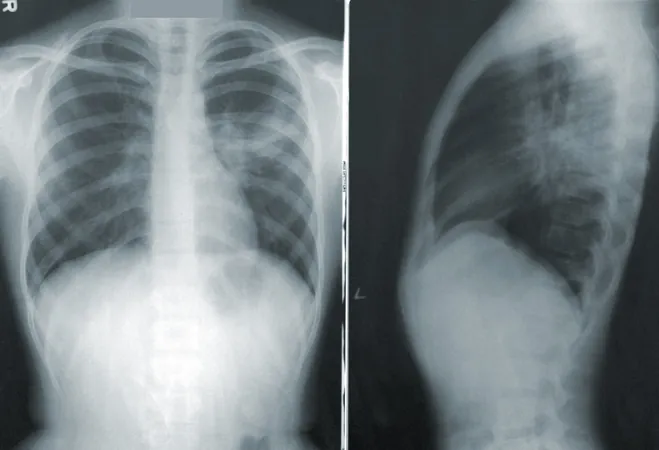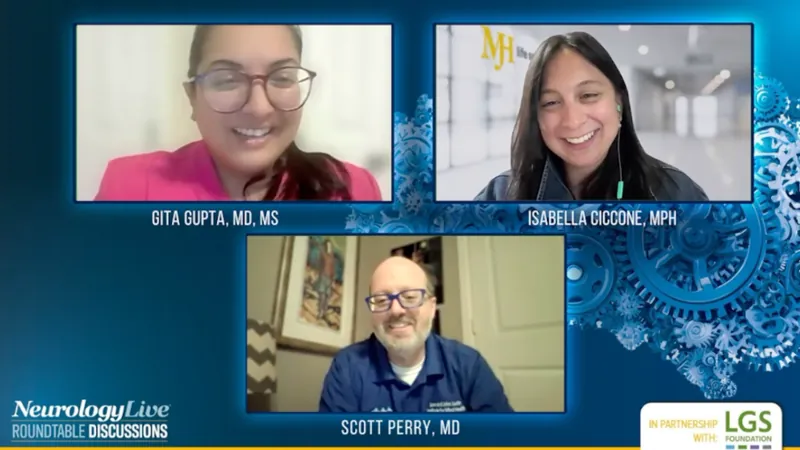
Feast of the Ages: How Britons Celebrated in Crisis During the Bronze Age
2025-09-10
Author: Wei
Today, crowds flock to the West Country for the lively Glastonbury Festival, but new research suggests that over 2,000 years ago, something similar drew ancient Britons together. As the Bronze Age came to a tumultuous end, marked by climatic shifts and economic trouble, people sought solace and community through grand meat feasts.
Archaeologists digging at large prehistoric rubbish heaps, or middens, in Wiltshire and the Thames Valley discovered extensive evidence of these communal gatherings. Richard Madgwick, from Cardiff University, reveals that large numbers of pigs and cattle were driven hundreds of miles to specific locations for feasting—a practice that lasted for decades.
"This was truly an 'age of feasting,'" Madgwick asserted, highlighting how these events likely played a crucial role in fostering relationships and community unity during troubled times. Just like modern festivals, these ancient feasting sites possessed their own unique atmospheres.
The largest site analyzed, located in Potterne near Devizes, was a hub of culinary activity, boasting an astounding collection of around 15 million bone fragments. Pigs were the preferred meat here, with animals sourced from as far as Wales, Cornwall, Devon, and the North.
Conversely, in Runnymede, Surrey, beef was the preferred choice; evidence shows that cattle transported from Wales and Devon were in high demand. Meanwhile, East Chisenbury, just 10 miles from the iconic Stonehenge, revealed a preference for mutton, with sheep raised locally dominating the remains.
This period was defined by adverse conditions, including a wetter climate and a diminishing status for bronze tools. Madgwick theorizes that while communities at Potterne and Runnymede looked outward, welcoming visitors to bolster their spirits, those at East Chisenbury opted for a more insular approach, focusing on local resources.
Utilizing multi-isotope analysis, a cutting-edge method in archaeology, researchers traced the regional origins of livestock bones. Each area's distinct chemical fingerprint—absorbed by animals through food and water—provided valuable clues about their origins.
Madgwick emphasized the vast scale of these middens, with millions of bones suggesting the presence of hundreds of thousands of animals. This research not only reveals the social dynamics of a civilization in flux but also illustrates how ancient peoples came together to celebrate life and maintain their community bonds amid uncertainty.



 Brasil (PT)
Brasil (PT)
 Canada (EN)
Canada (EN)
 Chile (ES)
Chile (ES)
 Česko (CS)
Česko (CS)
 대한민국 (KO)
대한민국 (KO)
 España (ES)
España (ES)
 France (FR)
France (FR)
 Hong Kong (EN)
Hong Kong (EN)
 Italia (IT)
Italia (IT)
 日本 (JA)
日本 (JA)
 Magyarország (HU)
Magyarország (HU)
 Norge (NO)
Norge (NO)
 Polska (PL)
Polska (PL)
 Schweiz (DE)
Schweiz (DE)
 Singapore (EN)
Singapore (EN)
 Sverige (SV)
Sverige (SV)
 Suomi (FI)
Suomi (FI)
 Türkiye (TR)
Türkiye (TR)
 الإمارات العربية المتحدة (AR)
الإمارات العربية المتحدة (AR)